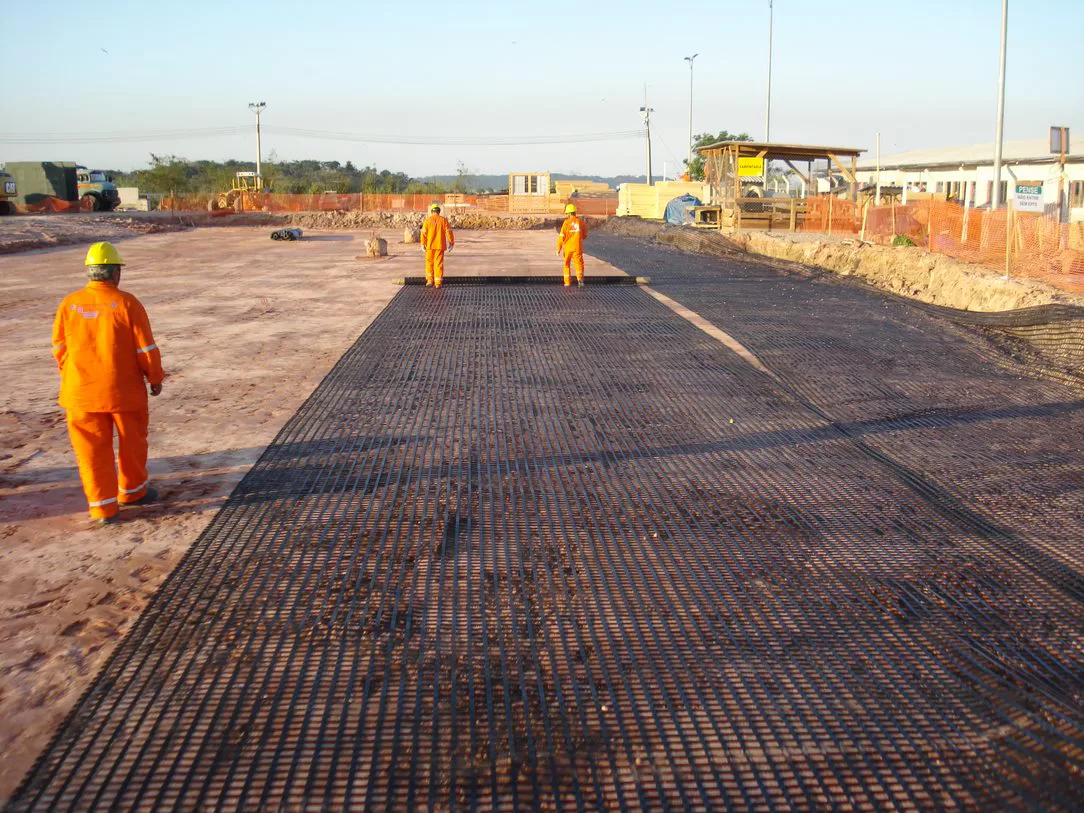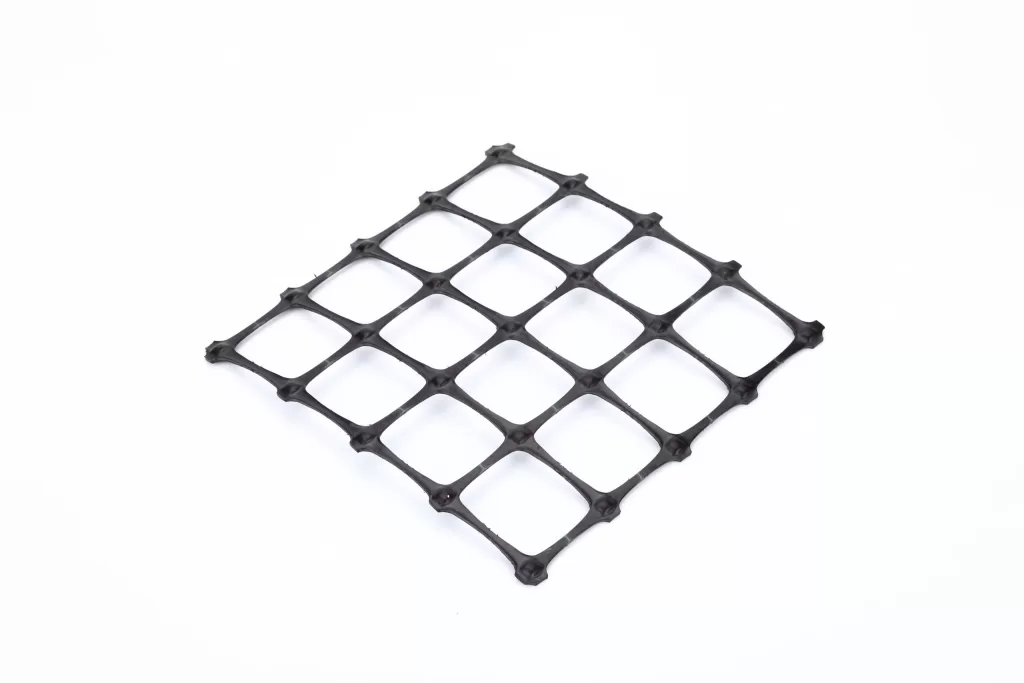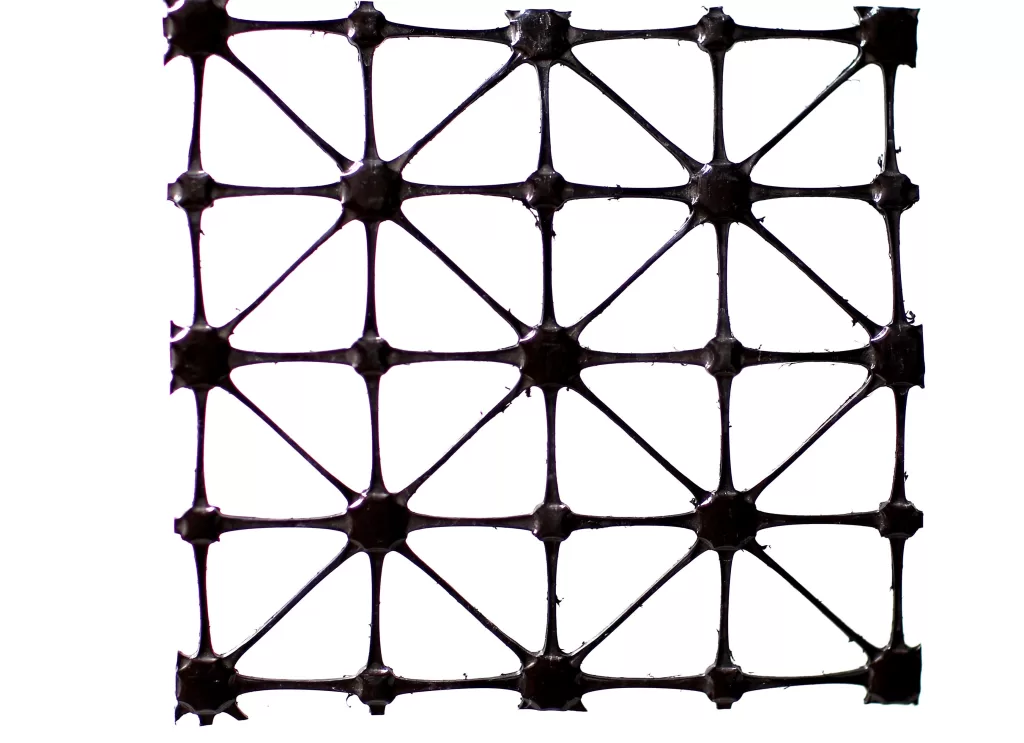+86-159 9860 6917
info@geofantex.com
geofantex@gmail.com
+86-400-8266163-44899
Geogrids have revolutionized civil engineering by providing innovative solutions for soil reinforcement. These geosynthetic materials are designed to enhance the stability and load-bearing capacity of soil, making them essential in various construction applications. Understanding the origins and evolution of geogrids helps to appreciate their significance in modern engineering practices.
What is the meaning of geogrid?
A geogrid is a type of geosynthetic material used to reinforce soils and similar materials, made from polymeric substances and featuring a grid-like structure. Its design allows for interlocking with soil particles, providing a mechanical means to reinforce and stabilize soil in construction projects.

What is the geosynthetic material used to reinforce soils and similar materials?
Geogrids are specifically engineered geosynthetic materials used to reinforce soils, including granular and cohesive soils, ensuring the longevity and safety of various structures. They improve load distribution and reduce soil deformation, making them invaluable for applications such as retaining walls, road construction, and embankments.
What is the effect of geogrid?
The primary effect of geogrid is to enhance soil stability and strength, as it has improved mechanical properties such as flexural strength and tensile strength. By distributing loads across a larger area, geogrids help prevent soil erosion, reduce settlement, and improve overall performance in various geotechnical applications.
What is the purpose of geogrid mesh?
The purpose of geogrid mesh is to provide stabilization and reinforcement to soils and similar materials by interlocking with the soil. This interlocking mechanism helps retain the shape and integrity of soil structures, increasing their durability and effectiveness in applications such as retaining walls and foundation systems.
The origins of geogrid technology mark a significant advancement in the field of civil engineering. By utilizing the unique properties of geogrids, engineers can enhance soil stability and performance, making them essential for a wide range of construction projects. Understanding their function and purpose highlights the ultimate benefits of these innovative materials in improving infrastructure resilience.



Get Free Sample
We’ll respond as soon as possible(within 12 hours)






















